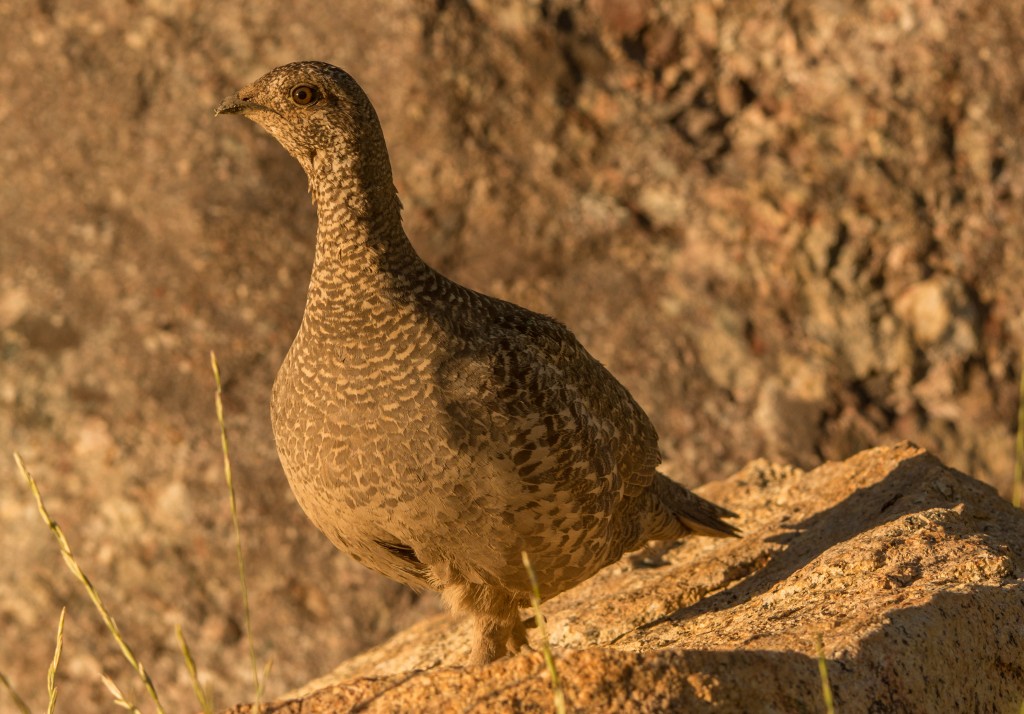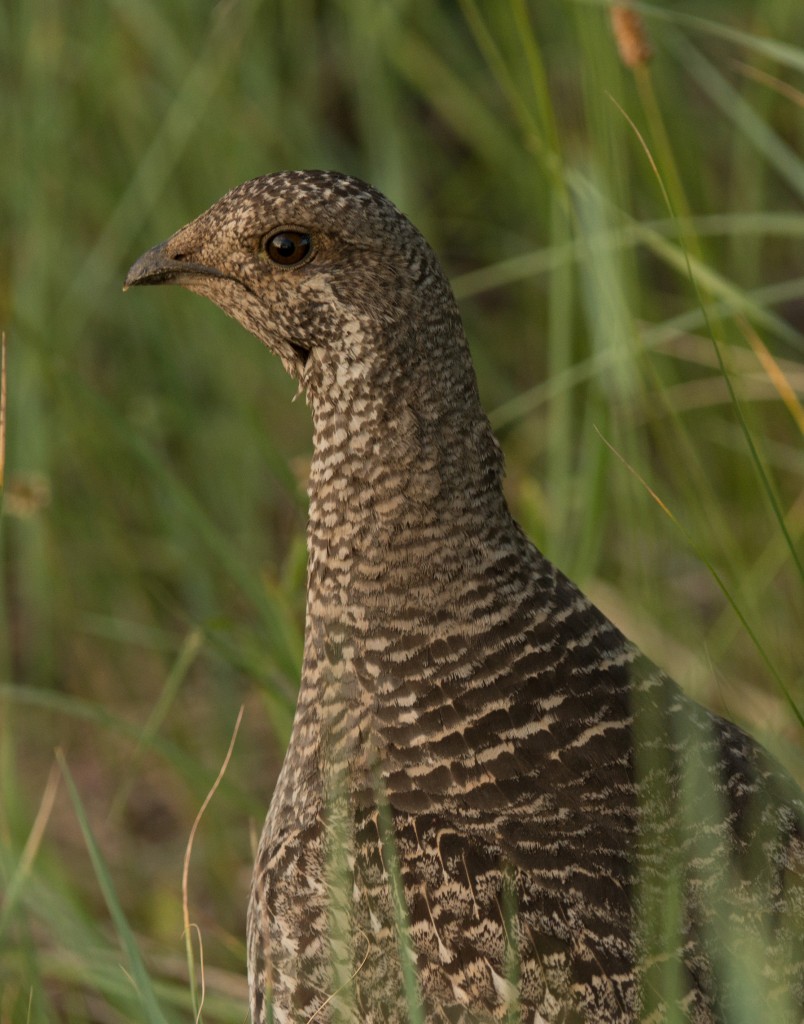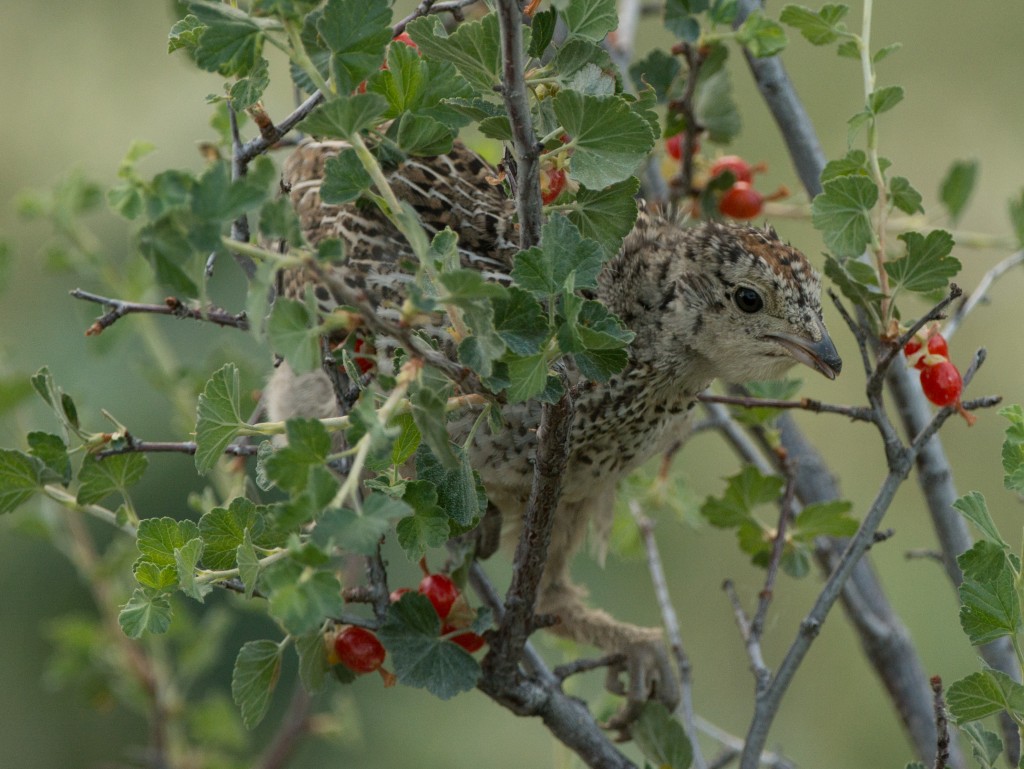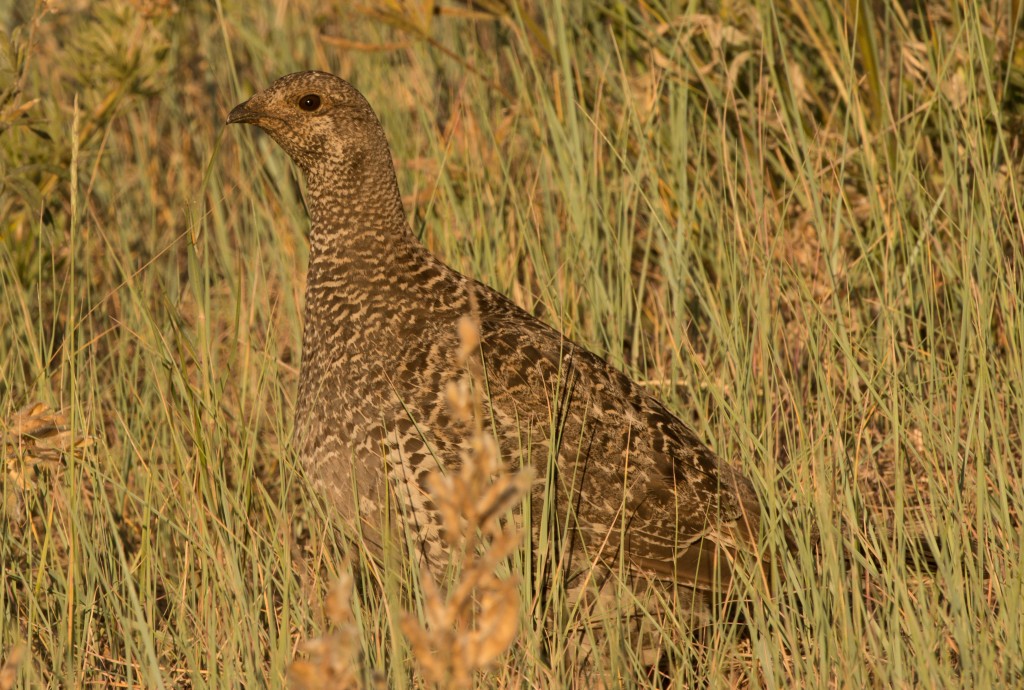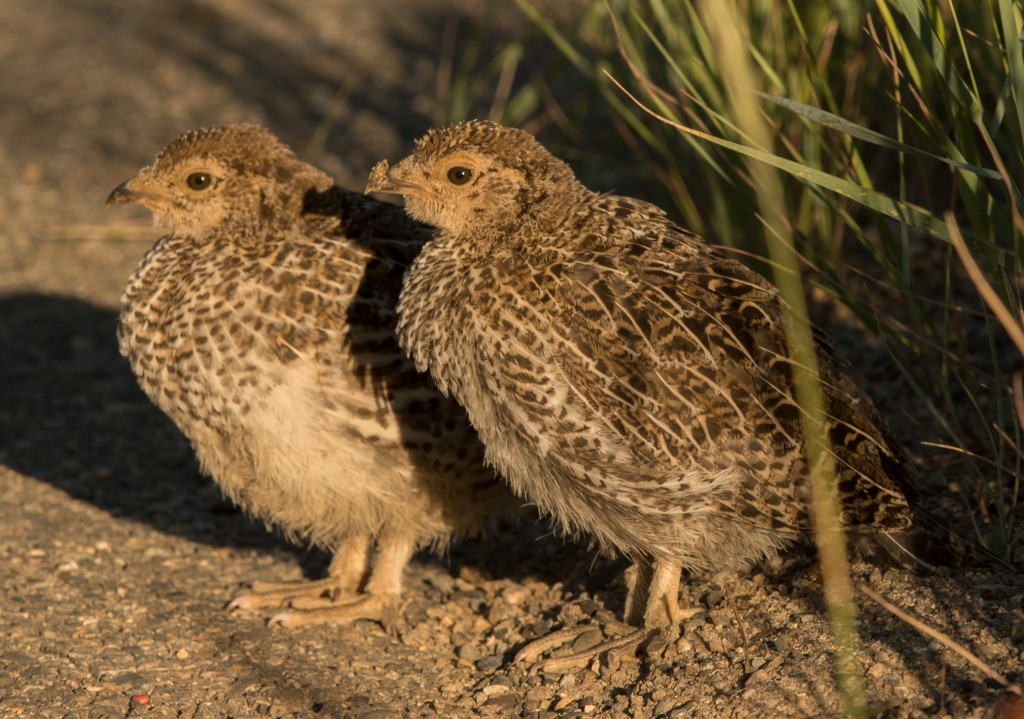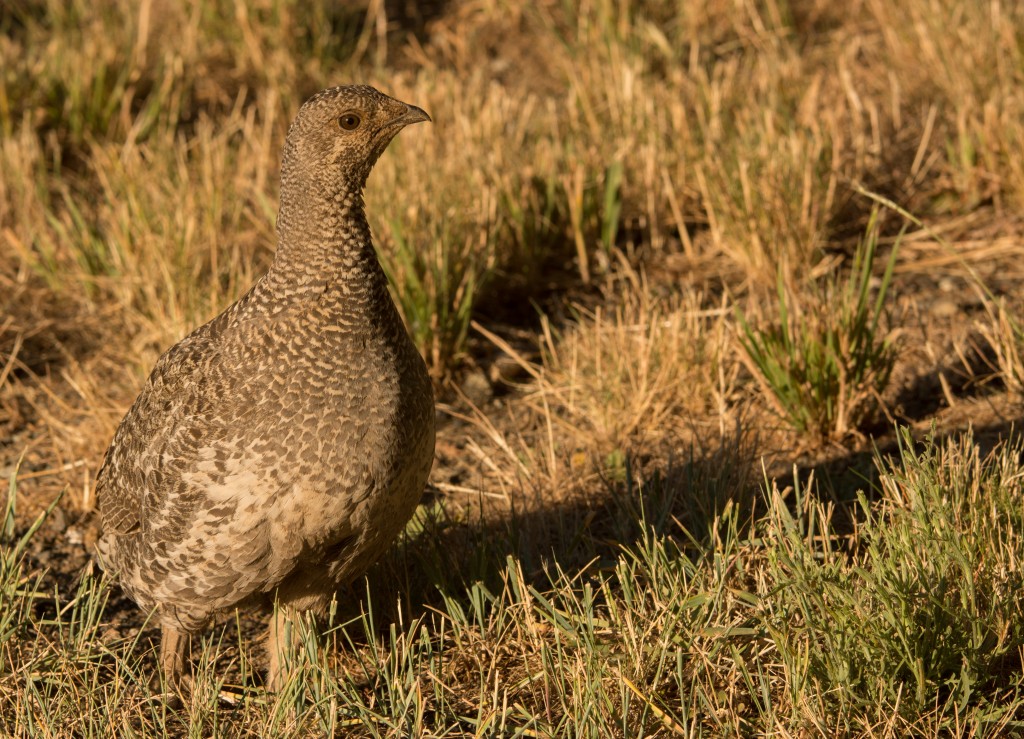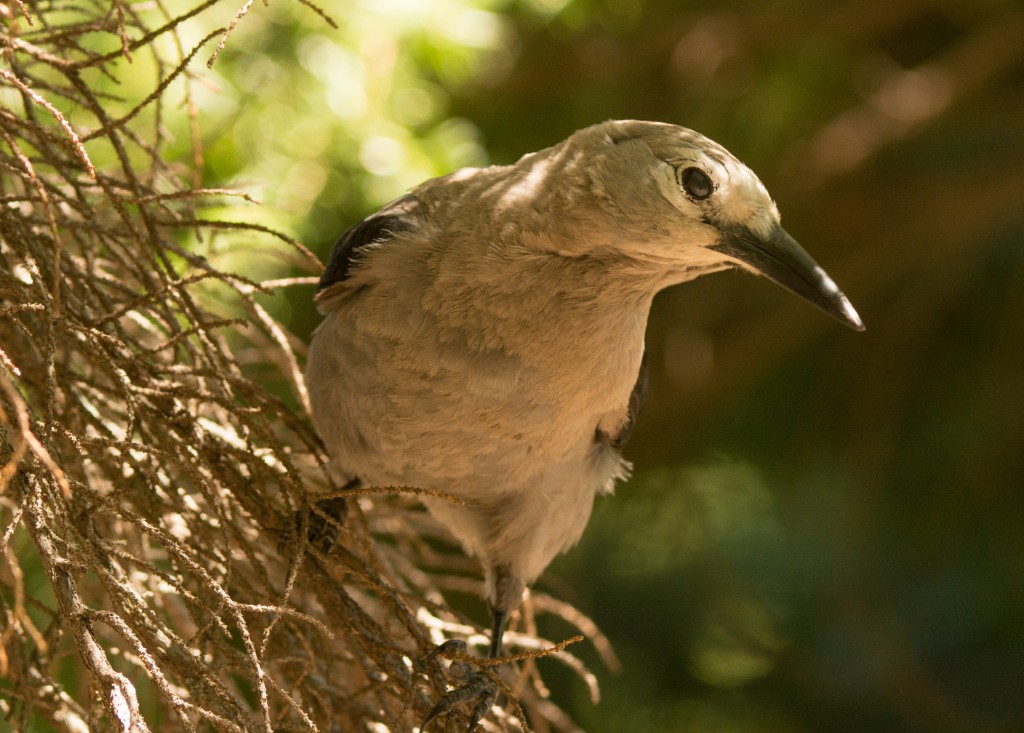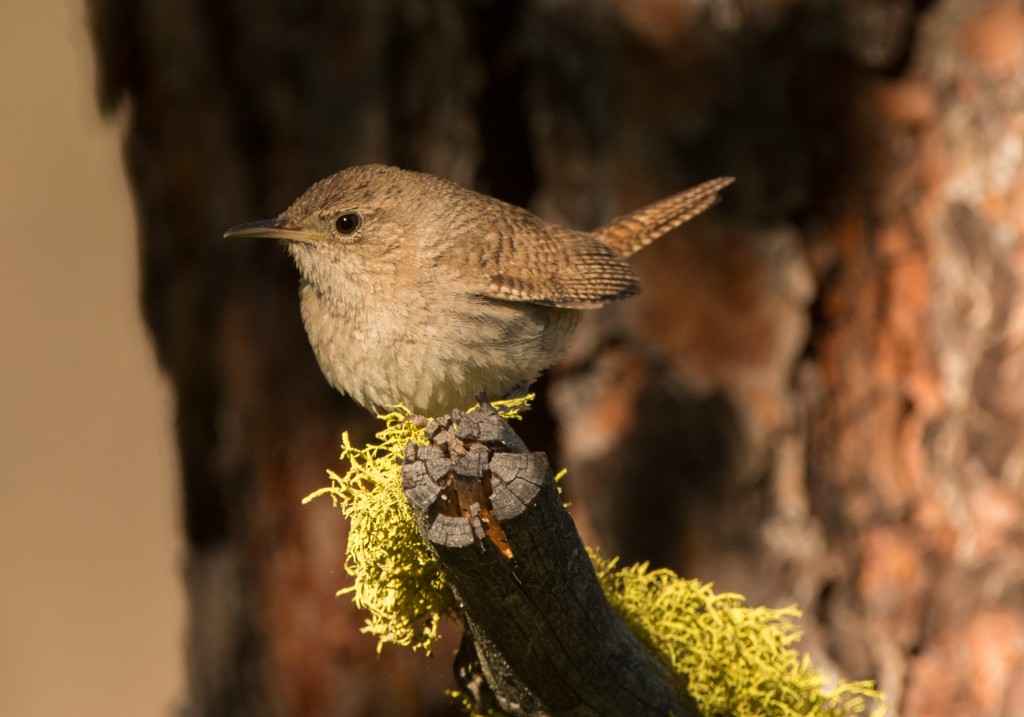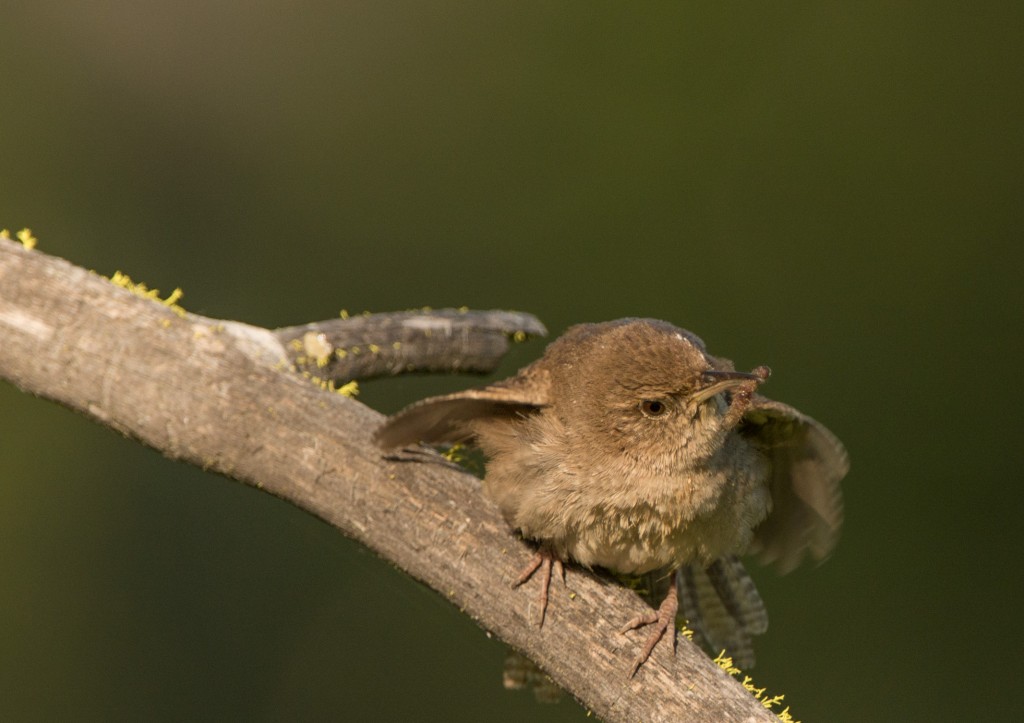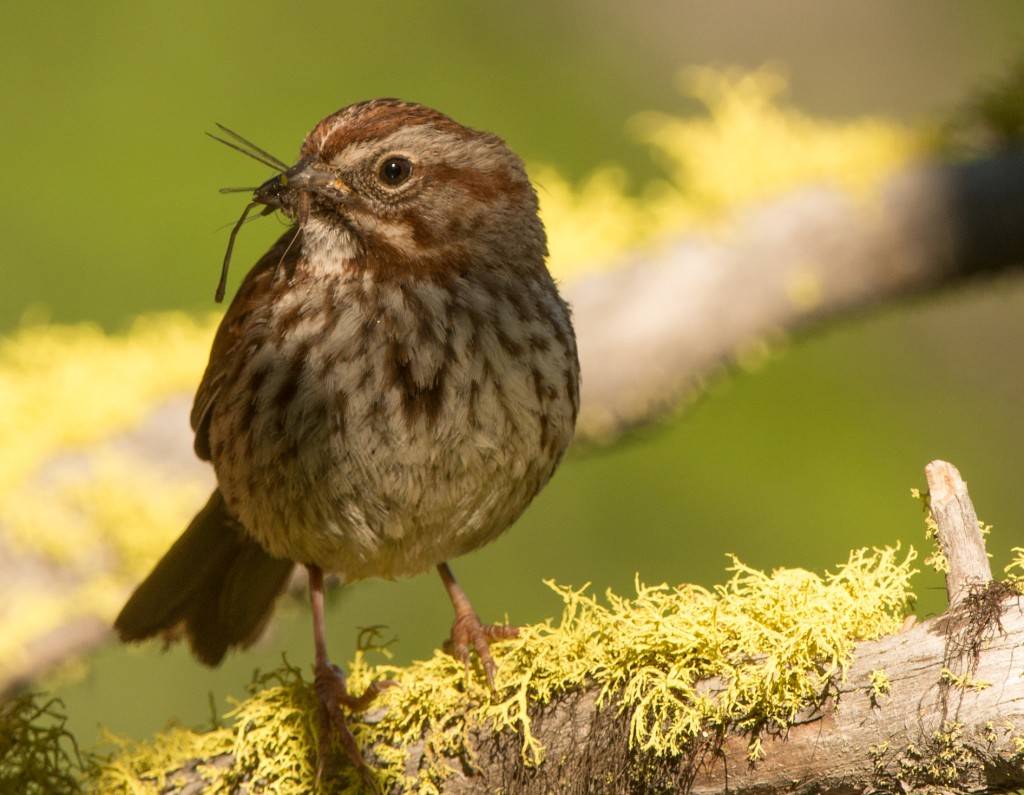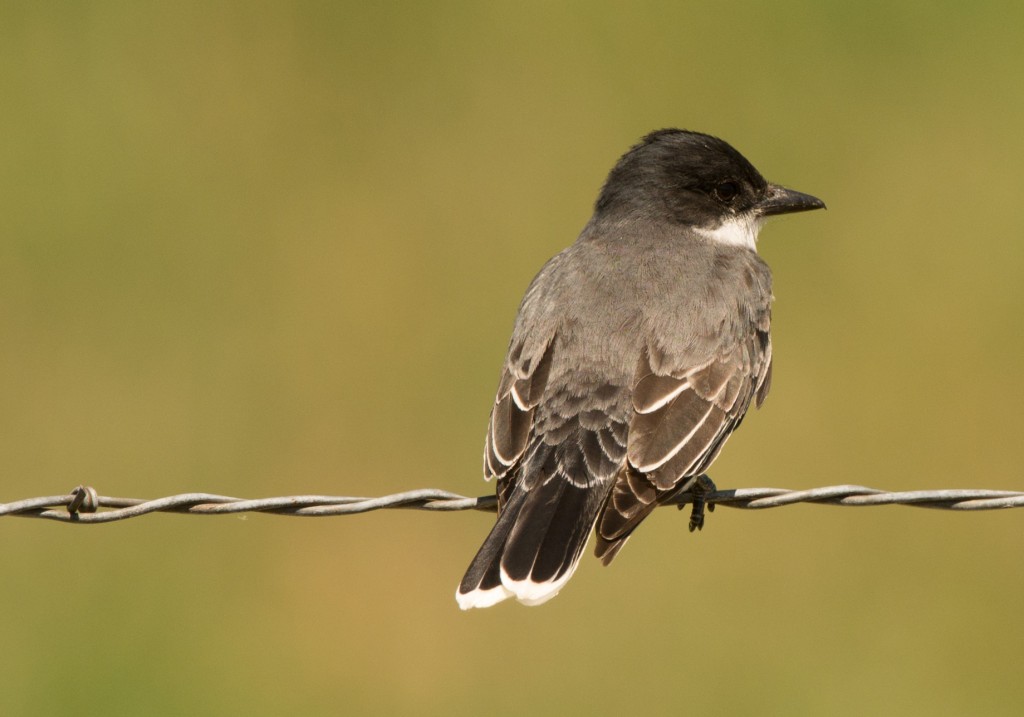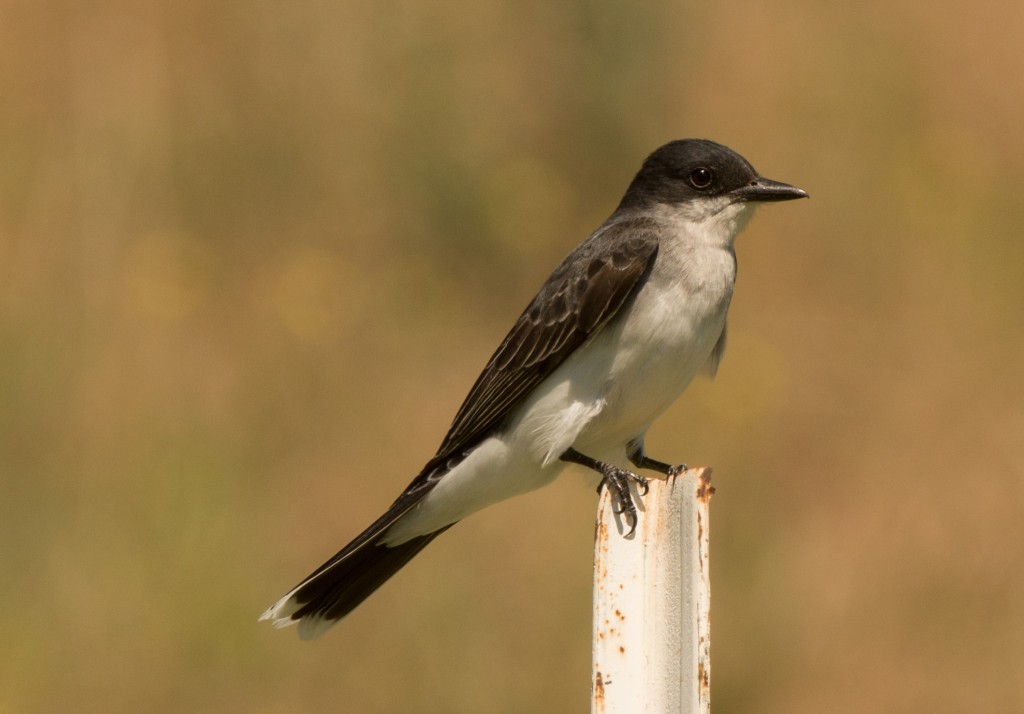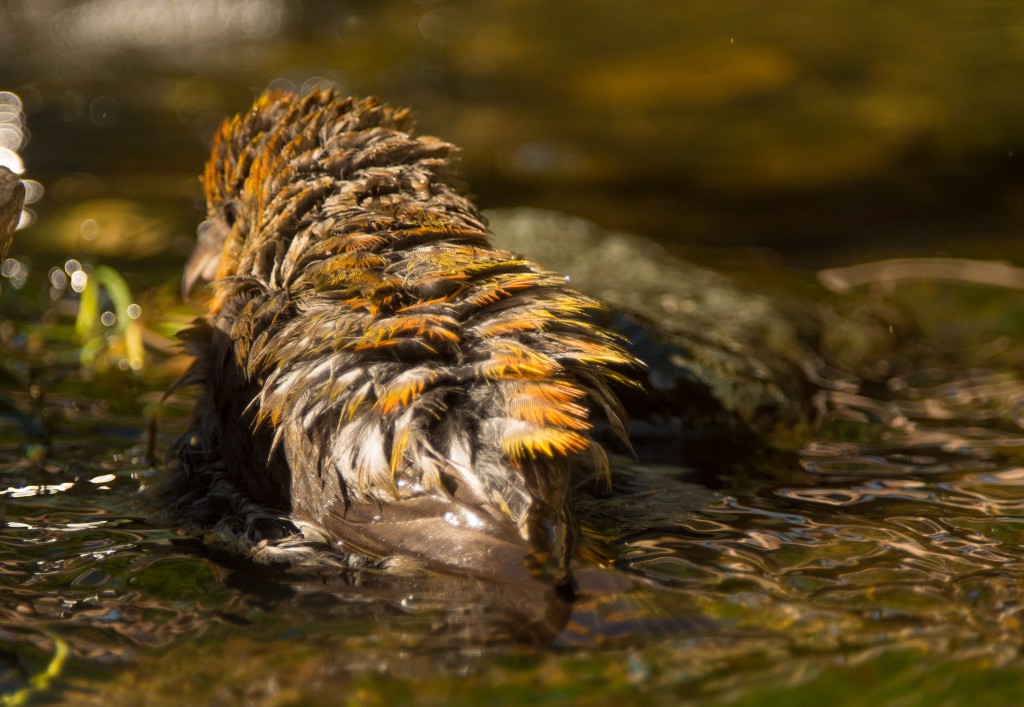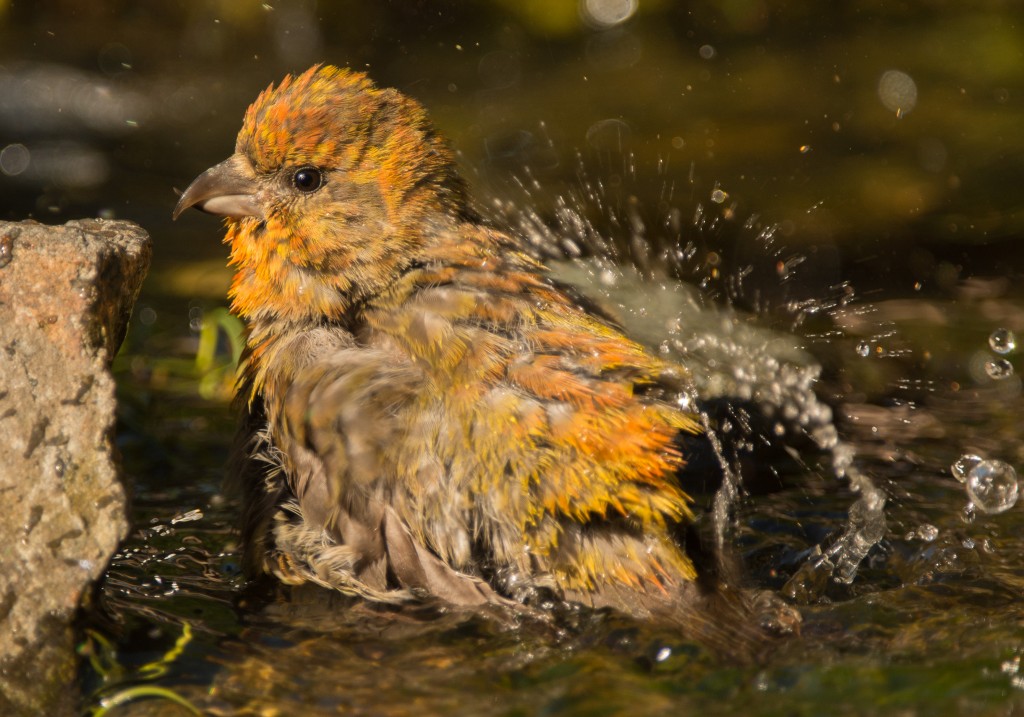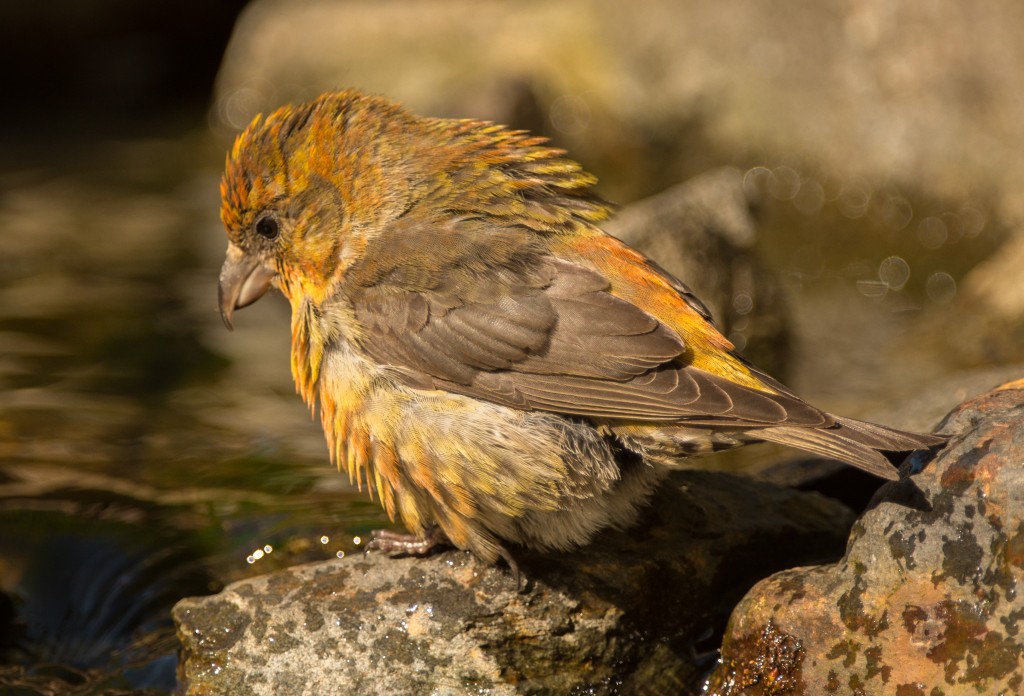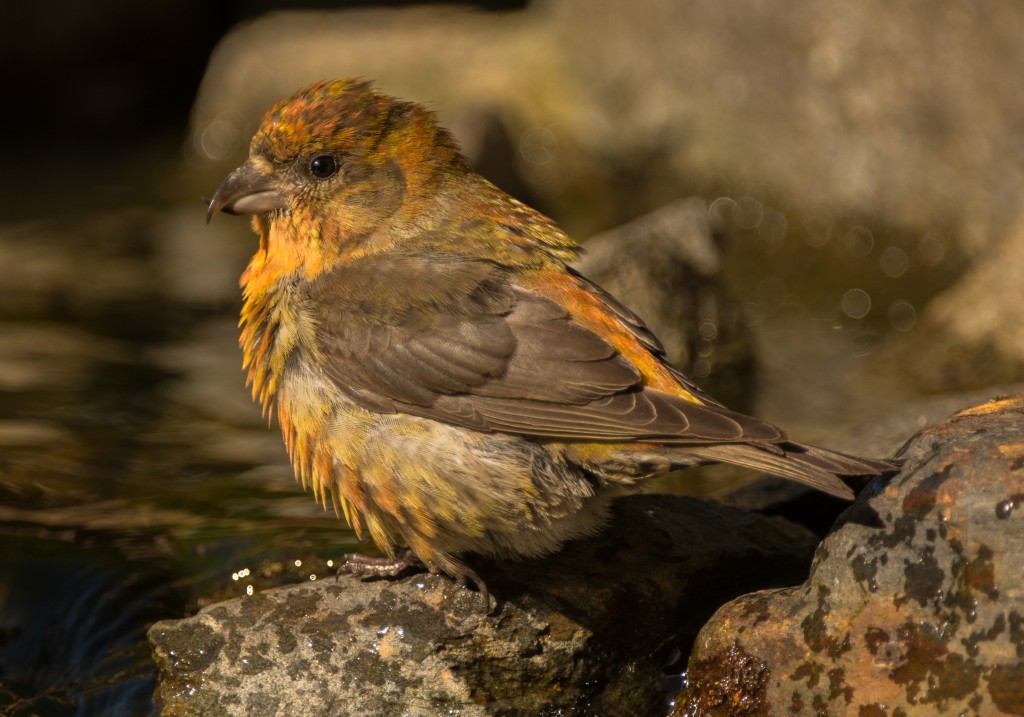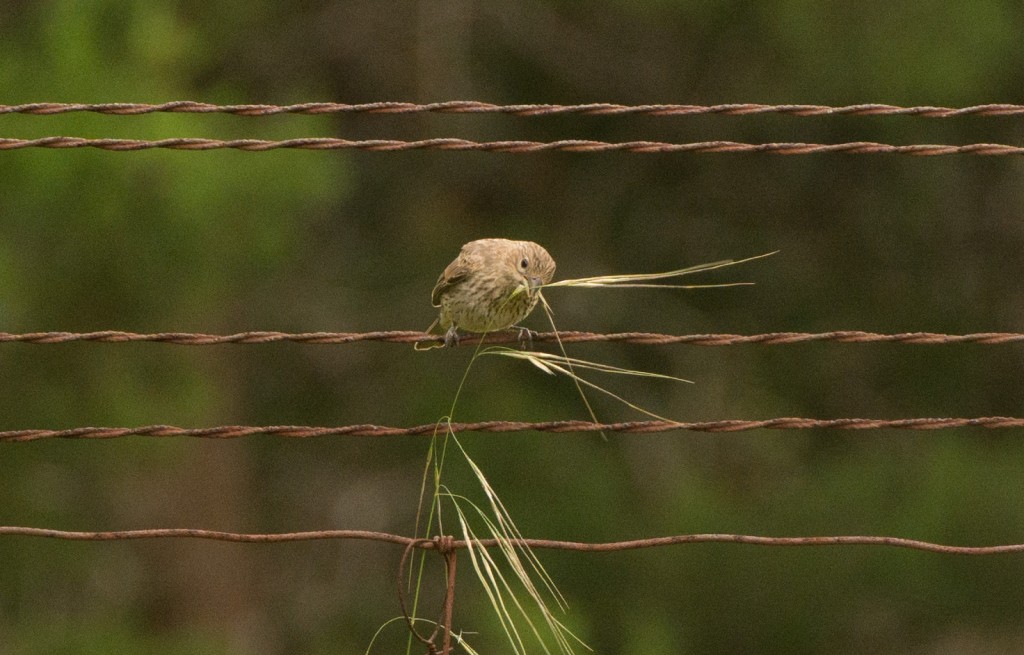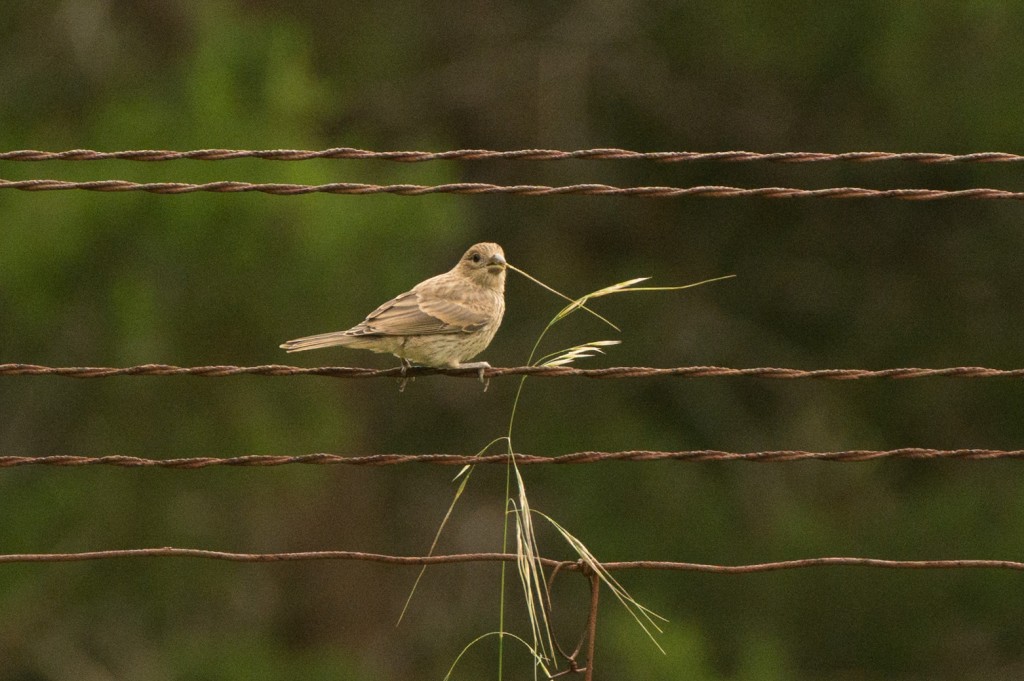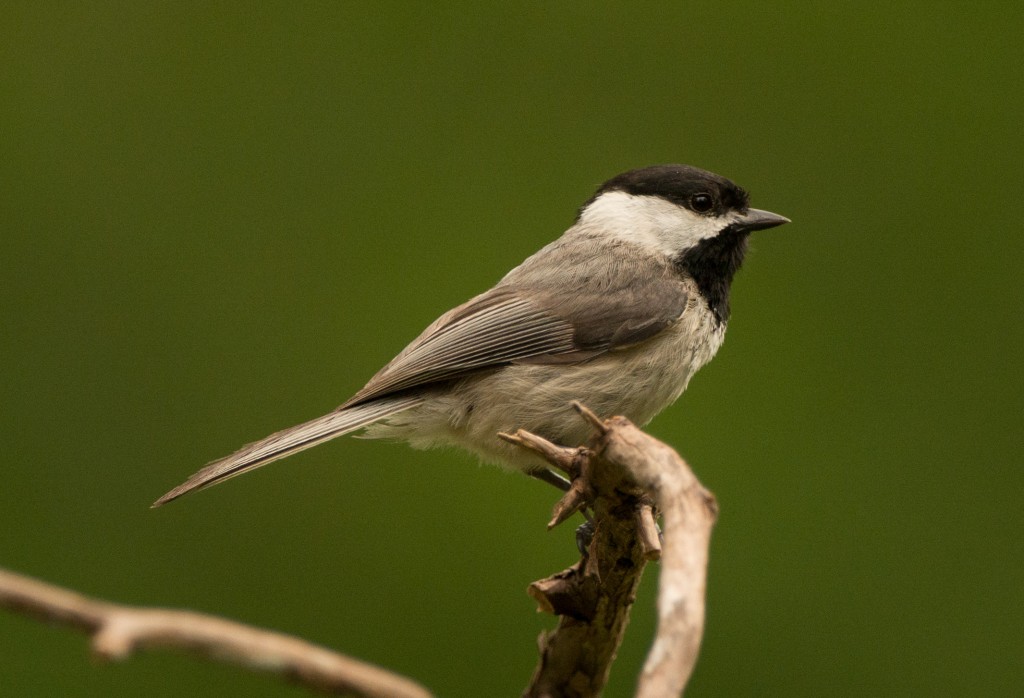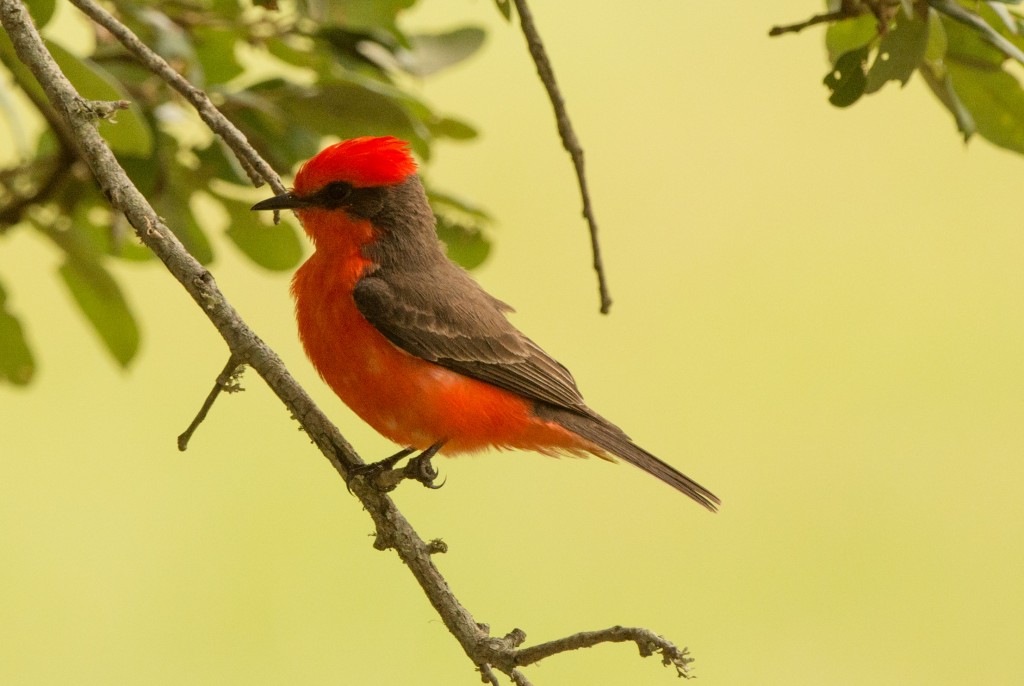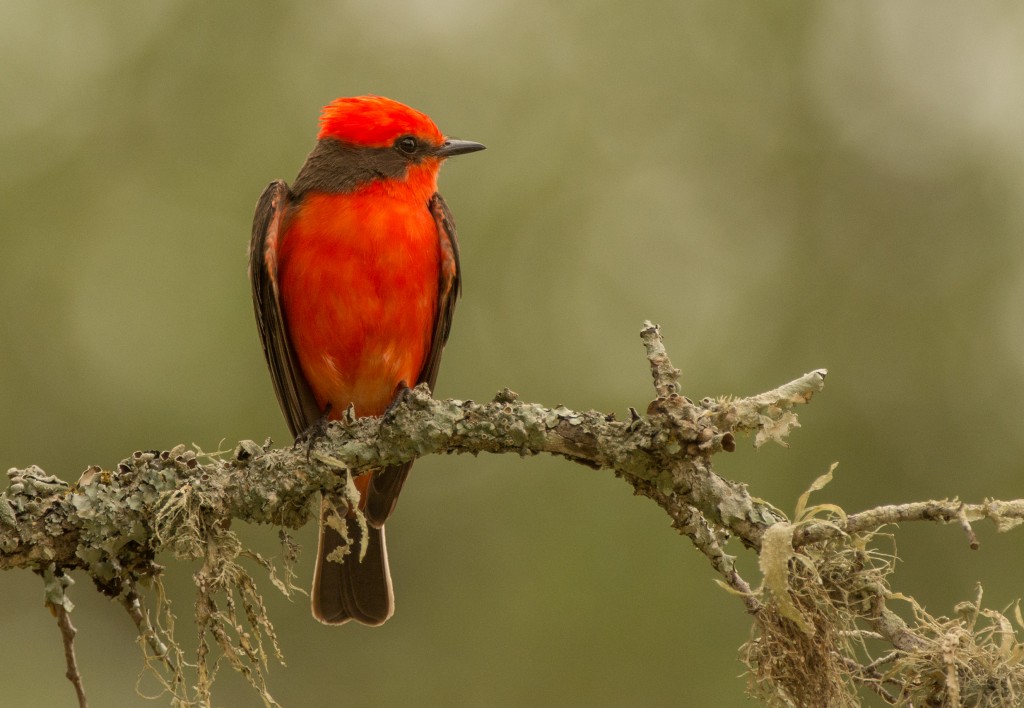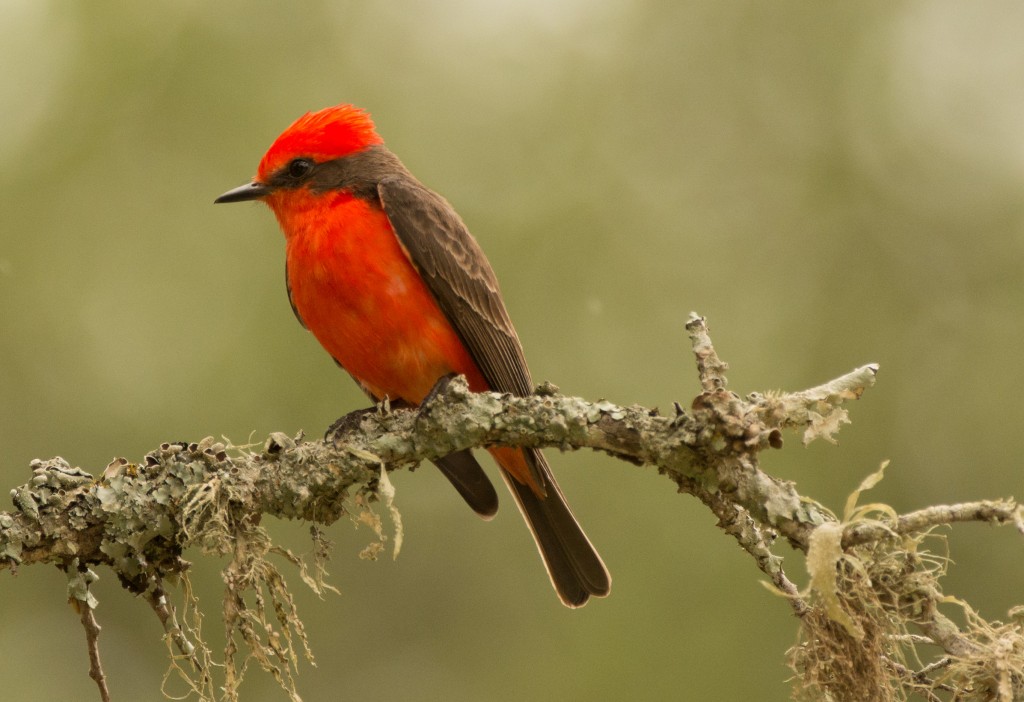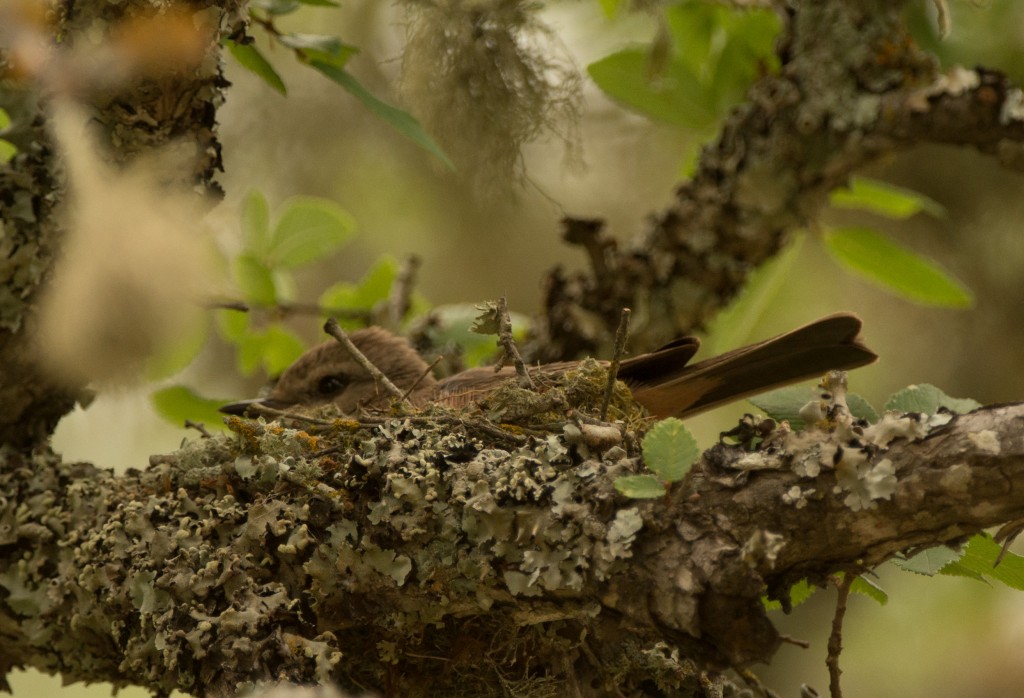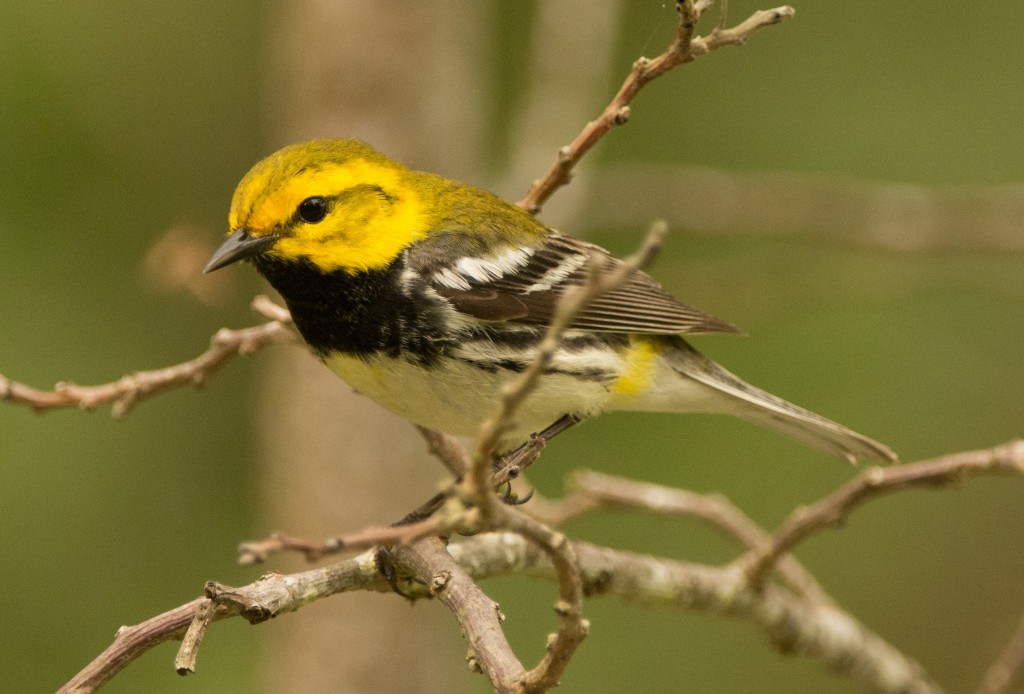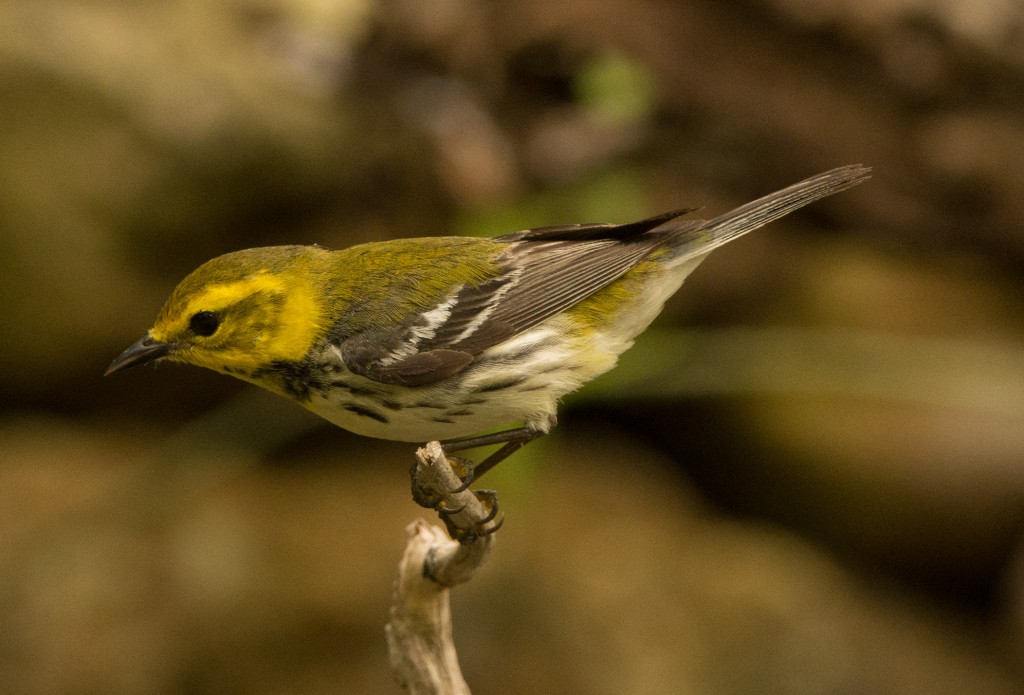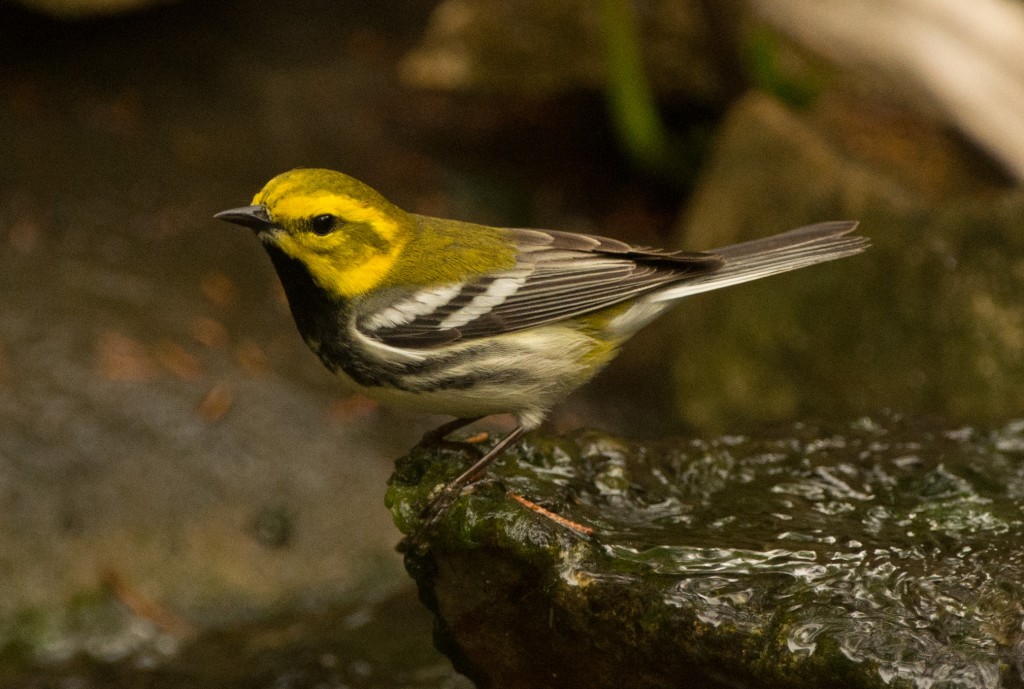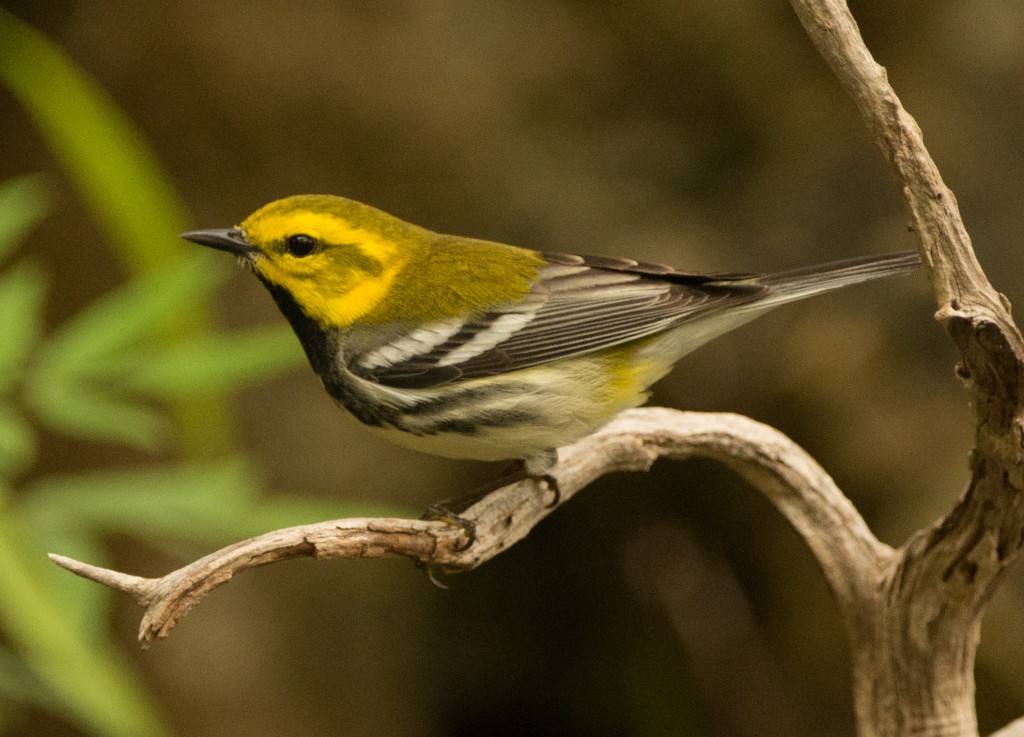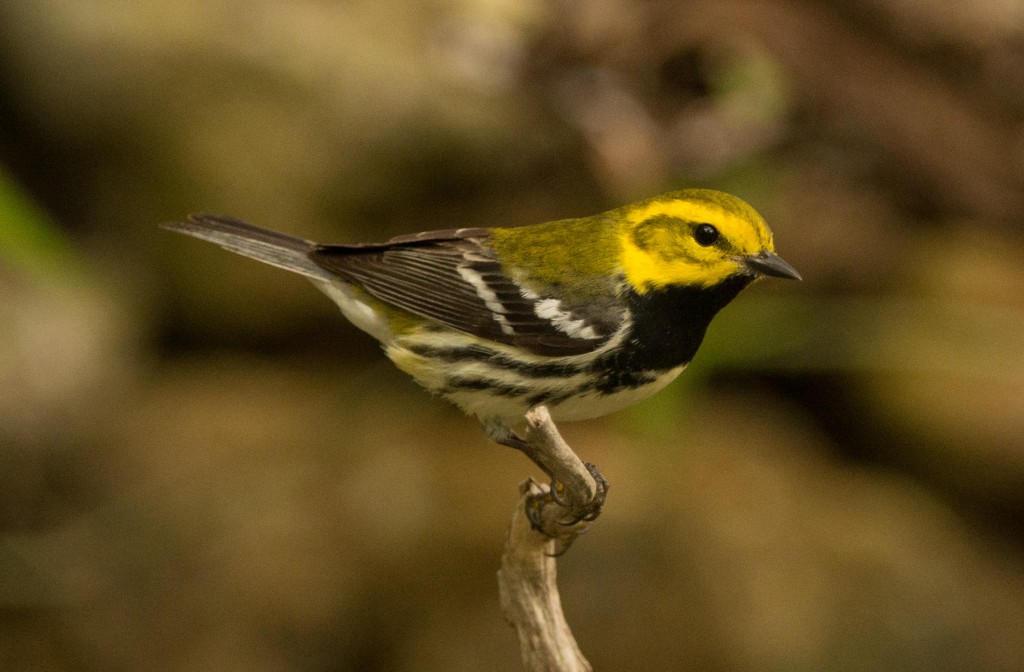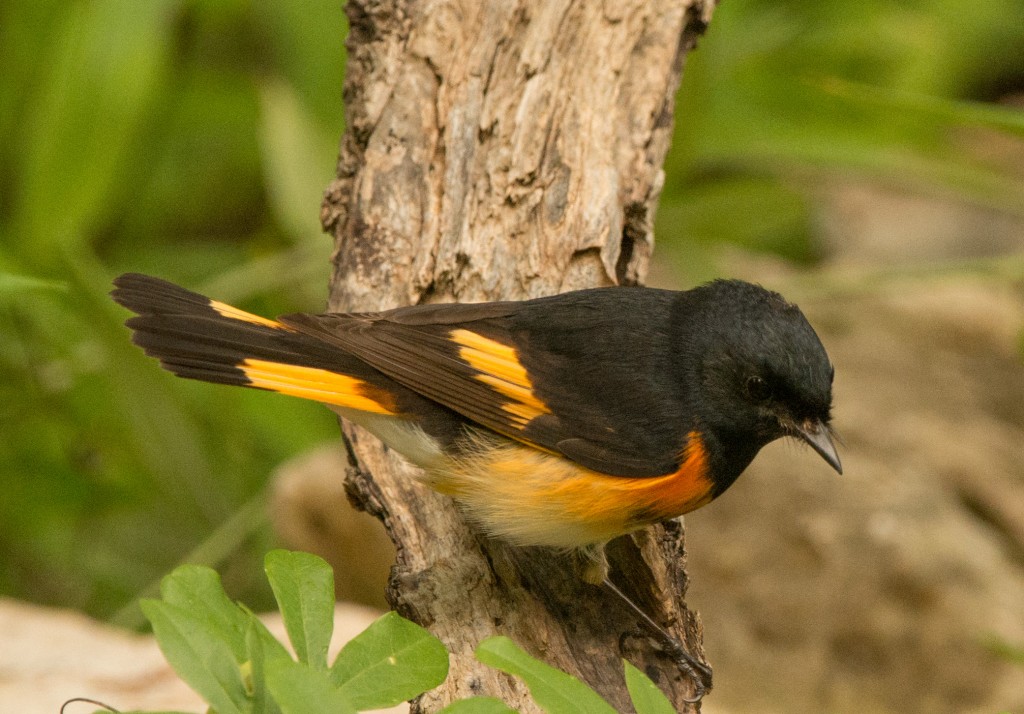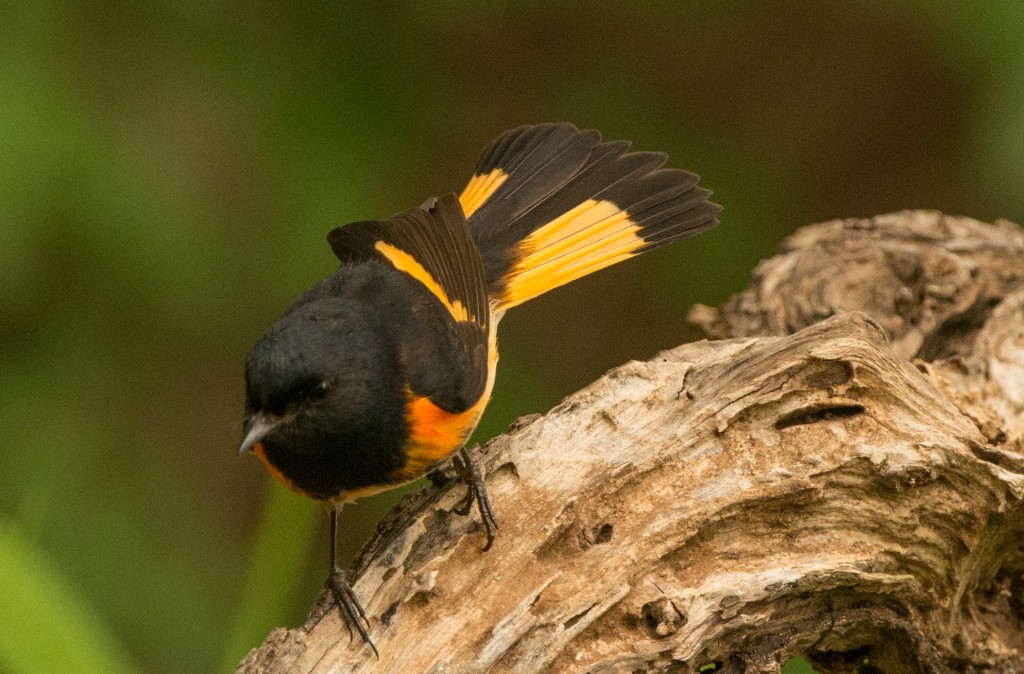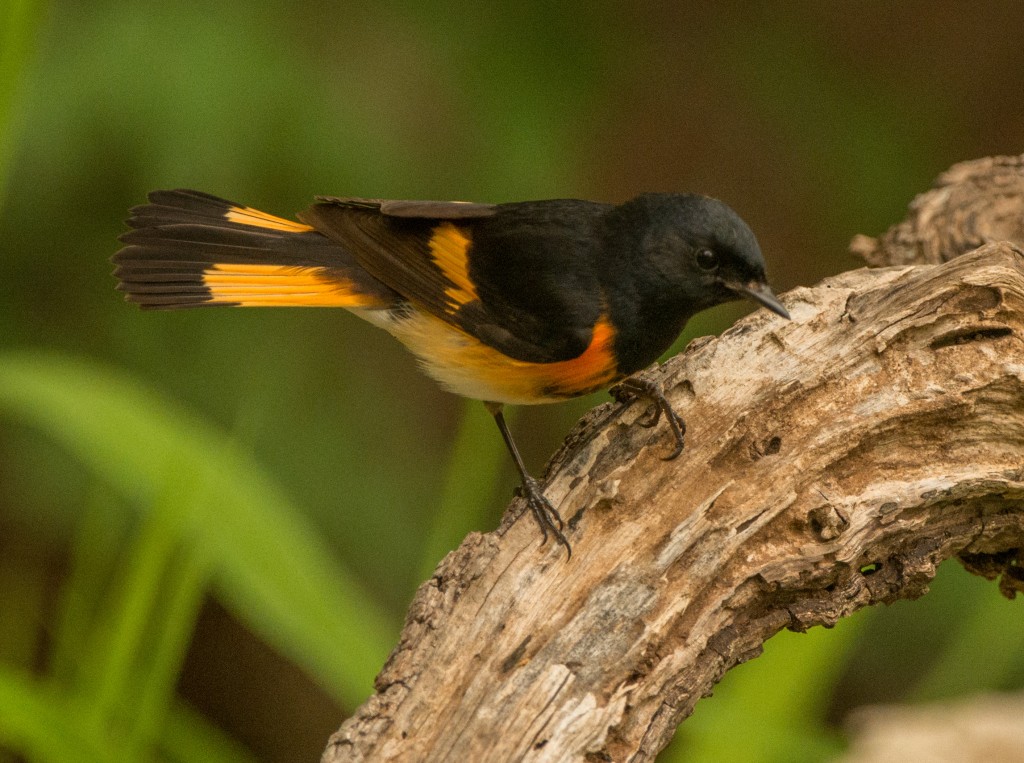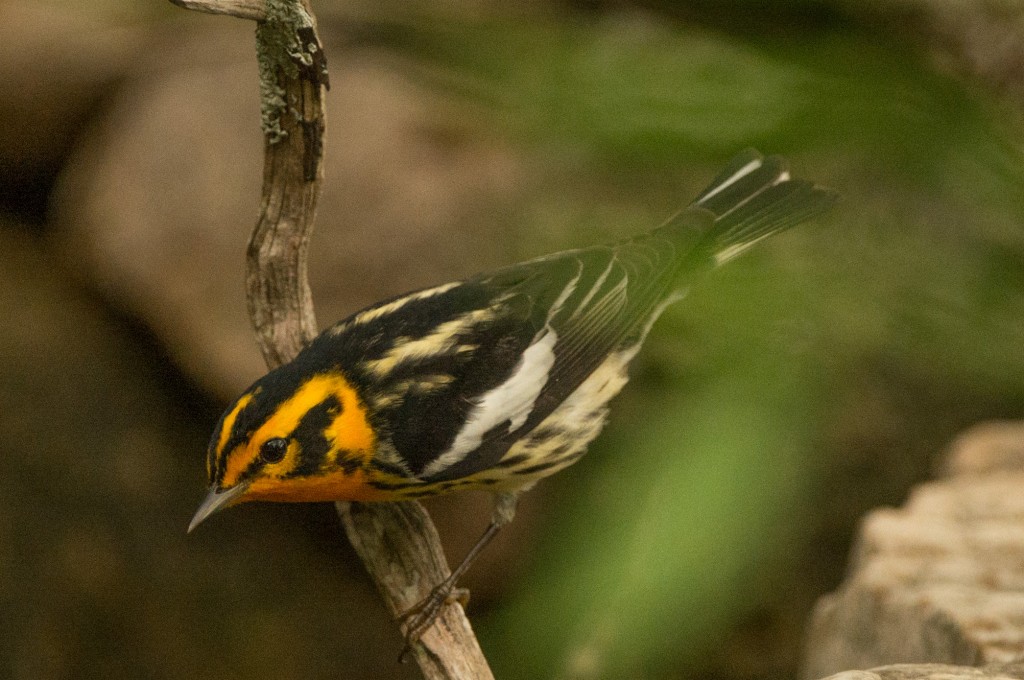For several years now I have made a spring excursion to the Winthrop area to bird. There is some productive birding in the area and the birds that are found east of the Cascades tend to include different species from those we commonly see west of the Cascades. So it’s an entirely different birding experience.
It has been our habit in the past to stay at one of the facilities in Winthrop or the immediate vicinity. However this year I waited rather late to make our reservations so we ended up staying at Sun Mountain Lodge for three nights of our trip. The lodge is a high-end facility near the top of a mountain with grand views of the surrounding Methow Valley. Part of the grounds on the front of the lodge are manicured but on the whole the lodge is surrounded by native vegetation. And this vegetation provides habitat for grouse.
My prior encounters with grouse had only been rare occasions on the road and one I photographed early in the morning with bad light and on part of the manicured grounds, hardly the kind of photo you want in your portfolio. One morning I drove down to Beaver Lake to bird and my wife walked down to the lake from the lodge. On the way she encountered a female grouse (hen) with two half-grown chicks. Since her walk was the better part of a mile, her encounter didn’t motivate me to lug my camera, lens and monopod (which together weigh 13 pounds and are awkward to carry) across the landscape hoping to happen upon a grouse.
On our last afternoon at the lodge I woke from a nap with only about 30-45 minutes until sunset. I decided to make a short excursion behind the lodge to see what I might be able to photograph. I slogged cross-country for several hundred yards with uneven footing, remembering that east of the Cascades I should be wary of poisonous snakes. Finding nothing to photograph I switched to the front of the lodge and walked some of the paved roads. I hadn’t gone far before I saw some movement near a large rock beside the road, and further investigation revealed a grouse hen with a half-grown chick by her side. I gave her a wide berth to get more light behind me, and when I finally settled for photos I was surprised that instead of retreating into the native habitat she made her way towards me! She was originally about 30’ from me and closed to less than half that distance with no apparent concern for her two chicks that were independently roaming the area. She finally ignored me and continued grazing in the area.
The area where I had found the grouse was an island with native vegetation between the road/parking area and the lodge, and was located less than 100’ from the lodge. I took many photos, mostly of the hen since she was larger and her head stuck up above the vegetation. The chicks were difficult to see… I tracked them mainly by the vegetation swaying above them as they moved and fed.
I rose early the next morning and reasoned that the grouse may have spent the night in the island where I had left them the previous evening. So I returned to the area to try to find the grouse and get more photos under more favorable lighting conditions. Bingo! I located another hen on a separate island but in the same area, and this hen had either four or five half-grown chicks. I stalked this group for over an hour and took many more photographs. When I finally grew tired of photographing grouse I headed back to our room, but I reached another island with native habitat and encountered a second (for the day) hen with three half-grown chicks. This resulted in even more photographs.
During this second encounter I again had the hen move towards me. At one point one of the chicks started moving directly towards me. I stood still and resolved to note just how close the chick would get. The distance started with about 4’, then 2’, then 1’, then 4” (!) before the chick encountered the base of my monopod and jumped away. I’ve seen chickens that exhibit a lot more caution!
I had been uncertain the previous evening as to the species of grouse that lived in the area. Nancy posed the question to the front desk clerk and received an indeterminate answer… and I received another indeterminate answer the following morning from the morning crew. However the desk clerk with whom my wife spoke provided my favorite quote from the trip when he told her that, quite frankly, some of the locals couldn’t figure out why the birds hadn’t gone extinct!
So I was left with the dilemma as to what species of grouse I had seen and photographed. The field guide I consulted was not much help, so I contacted a friend who is one of the better birders in the county. Here is what I learned from her and a little research on the internet.
Sometime in the last century (that phrase really makes me feel old!) this grouse was listed as two separate species. Then at some point the species were combined and labeled as “Blue grouse”. That species was again split recently with the two resulting species being labeled “Sooty grouse” and “Dusky grouse”. In general, the Dusky grouse is found east of the Cascades and the Sooty grouse is found west of the Cascades. Since my photographs were all taken of grouse east of the Cascades I’ll label them as Dusky grouse. But… apparently some hybridization occurs and I’ve read that some Sooty grouse are found in areas east of the Cascades.
I’m presuming that all of this is a lot more than you ever wanted to know about grouse. For the record, I took 53 grouse photos on the evening of 6/13 and another 146 on the morning of 6/14 for a total of 199 grouse photos. I became really tired of processing grouse photos! I didn’t retain all of the photos but they all still required some amount of processing! You can see how I spend a significant amount of my time!

